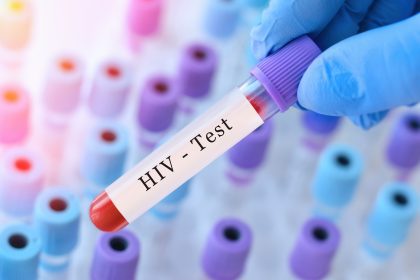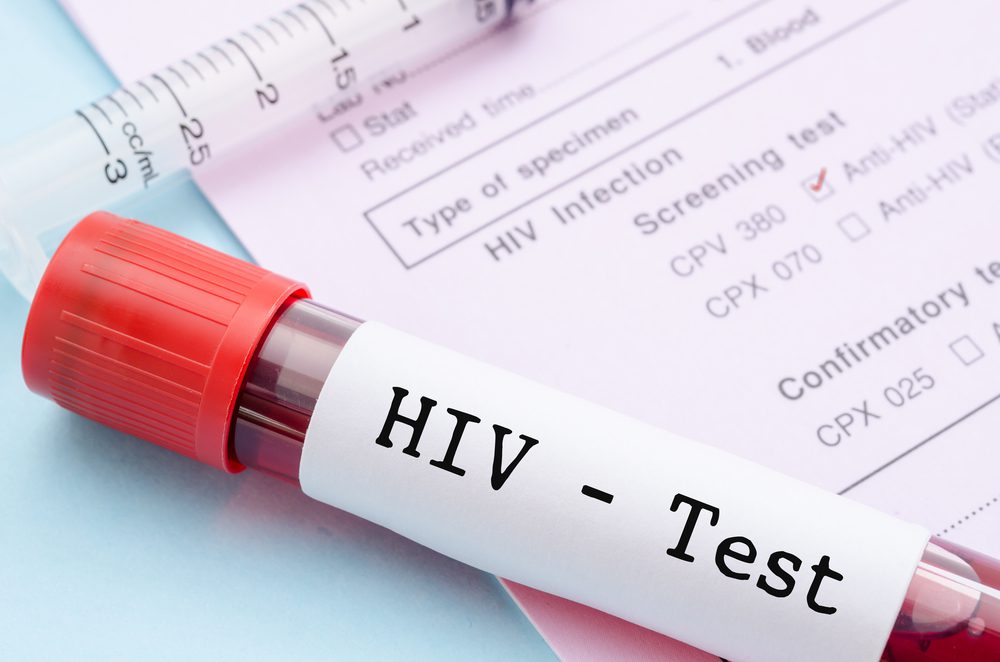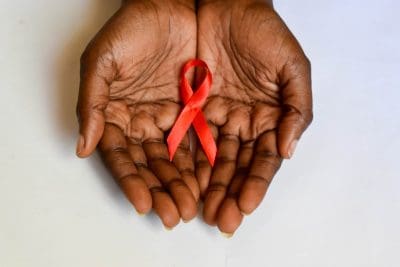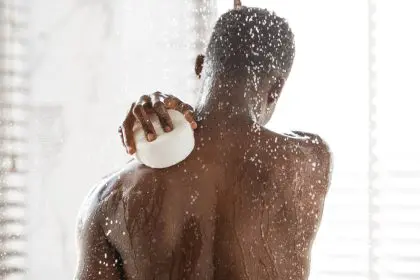HIV (human immunodeficiency virus) remains a significant global health challenge, affecting millions of people worldwide. While advancements in medical science have led to better management of the disease, prevention remains a critical focus. Pre-exposure prophylaxis (PrEP) is one such preventative measure that has shown great promise in reducing the risk of HIV infection. This article will explore what PrEP medicine is, how it works, its effectiveness and its role in HIV prevention. Understanding PrEP and its benefits can help individuals make informed decisions about their health and contribute to reducing the spread of HIV.
What is PrEP medicine?
Pre-exposure prophylaxis (PrEP) is a preventive treatment for individuals who are at high risk of HIV infection. PrEP involves taking a daily pill that contains two antiretroviral medications, tenofovir and emtricitabine. These medications work by preventing the virus from establishing a permanent infection in the body. When taken consistently, PrEP can significantly reduce the risk of contracting HIV from sexual activity or injection drug use.
How does PrEP work?
PrEP works by maintaining a sufficient level of antiretroviral drugs in the bloodstream. These drugs inhibit the replication of HIV, thus preventing it from spreading and establishing an infection. If an HIV-negative person takes PrEP daily and is exposed to the virus, the medication can prevent the virus from taking hold in their body. This mechanism makes PrEP a powerful tool in the fight against HIV.
The importance of adherence
For PrEP to be effective, adherence is crucial. Studies have shown that PrEP can reduce the risk of HIV infection by up to 99 percent when taken consistently. However, missing doses can lower the level of medication in the blood, reducing its effectiveness. Therefore, health care providers emphasize the importance of taking PrEP exactly as prescribed to achieve the best possible protection against HIV.
Effectiveness of PrEP in HIV prevention
Numerous studies have demonstrated the effectiveness of PrEP in preventing HIV infection. Clinical trials and real-world data indicate that PrEP is highly effective among various populations, including men who have sex with men, heterosexual people and people who inject drugs.
Clinical trials and studies
- iPrEx study: One of the first major studies, the iPrEx trial, involved men who have sex with men and trans women. The study found that participants who took PrEP daily had a 44 percent reduction in HIV acquisition compared to those who received a placebo. Among those with detectable drug levels, the risk reduction was over 90 percent.
- Partners PrEP study: This study focused on heterosexual couples in which one partner was HIV-positive and the other was HIV-negative. The results showed a 75 percent reduction in HIV transmission among participants who took PrEP consistently.
- Bangkok Tenofovir study: This trial involved people who inject drugs and demonstrated a 49 percent reduction in HIV risk among those taking PrEP, with higher effectiveness among those with good adherence.
Who should consider taking PrEP?
PrEP is recommended for individuals at high risk of HIV infection. Health care providers assess the risk based on several factors, including sexual behaviors, drug use and the HIV status of partners. Key groups who should consider PrEP include:
- Men who have sex with men (MSM): MSM are at a higher risk of HIV infection, and PrEP can significantly reduce this risk.
- Heterosexual people with HIV-positive partners: PrEP provides protection for HIV-negative partners in serodiscordant relationships.
- People who inject drugs: Sharing needles increases the risk of HIV, and PrEP can offer protection.
- Individuals with multiple sexual partners: Those who have multiple partners and engage in condomless sex may benefit from PrEP.
How to start PrEP
Starting PrEP involves a thorough evaluation by a health care provider. The process includes:
- Risk assessment: The provider will assess the individual’s risk of HIV infection based on their sexual and drug use behaviors.
- HIV testing: Before starting PrEP, it is essential to confirm that the individual is HIV-negative.
- Kidney function tests: Since PrEP can affect kidney function, baseline tests are necessary to ensure it is safe for the individual.
- Ongoing monitoring: Regular follow-up visits are required to monitor HIV status, kidney function and adherence to the medication.
Benefits of PrEP
PrEP offers several benefits beyond HIV prevention:
- Empowerment: PrEP empowers individuals to take control of their sexual health and reduce their risk of HIV infection.
- Reduced anxiety: Knowing that they are protected by PrEP can reduce anxiety about HIV, leading to improved mental health and well-being.
- Stigma reduction: Widespread use of PrEP can help reduce the stigma associated with HIV and promote more open discussions about sexual health.
Potential side effects
While PrEP is generally safe and well-tolerated, some individuals may experience side effects. Common side effects include nausea, headache and mild gastrointestinal issues. These side effects are usually temporary and subside after the first few weeks of use. Serious side effects are rare but can include kidney problems and decreased bone density. Regular monitoring by a health care provider can help manage and mitigate these risks.
Myths and misconceptions about PrEP
Despite its proven effectiveness, several myths and misconceptions about PrEP persist:
- Myth: PrEP encourages risky behavior. Fact: Studies have shown that PrEP users do not engage in riskier behaviors. In fact, many individuals using PrEP also report increased condom use and more frequent STI testing.
- Myth: PrEP is only for certain groups. Fact: PrEP is for anyone at high risk of HIV infection, regardless of sexual orientation or gender identity.
- Myth: PrEP is not effective. Fact: When taken consistently, PrEP is highly effective at preventing HIV infection.
The future of PrEP
Ongoing research aims to improve PrEP and make it more accessible. Innovations such as long-acting injectable PrEP, vaginal rings, and new formulations are being developed to provide more options for individuals at risk of HIV. These advancements hold promise for making HIV prevention even more effective and convenient.
The benefits of PrEP
PrEP is a groundbreaking advancement in HIV prevention, offering hope and protection to millions of individuals at risk of HIV infection. By understanding what PrEP is, how it works and its benefits, individuals can make informed decisions about their health. With proper adherence and regular monitoring, PrEP can significantly reduce the risk of HIV, contributing to a future where HIV transmission is drastically reduced. As we continue to fight against HIV, PrEP remains a vital tool in our collective efforts to create a healthier, HIV-free world.
This story was created using AI technology.












